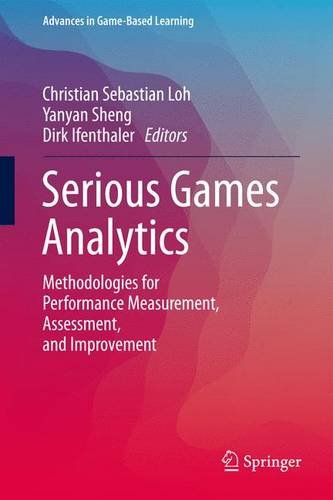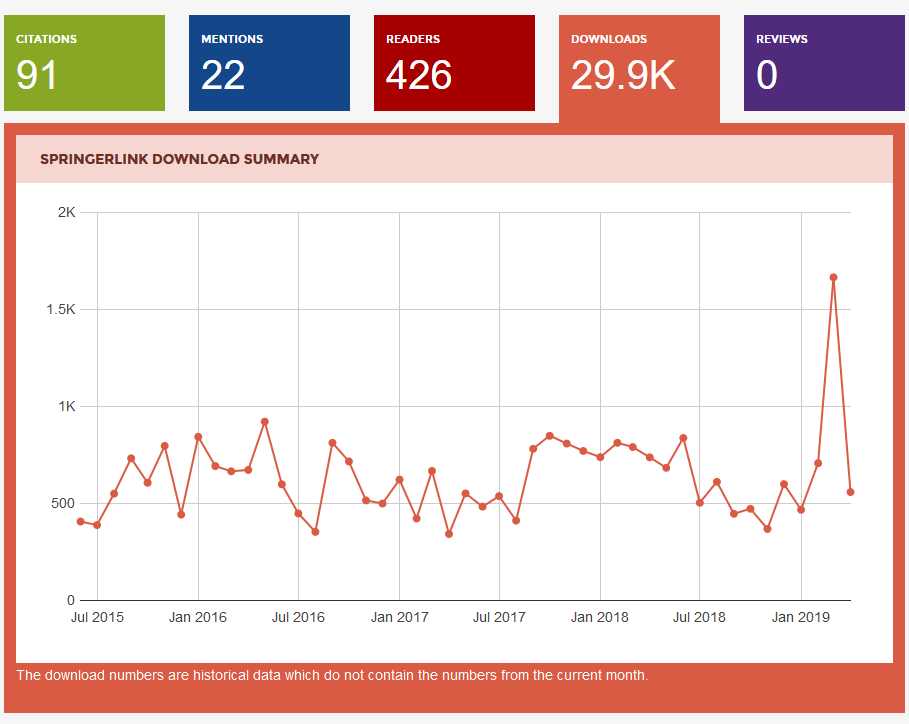“Advances in Game-Based Learning” Book Series by Springer
“Serious Games Analytics”

Editors: Loh, C.S., Sheng, Y., & Ifenthaler, D. (2015). Springer International Publishing Switzerland.
[Note: More than 70 authors contributed 19 chapters in six sections to the book. Serious Games Analytics is available on Springer and Amazon.]
“Serious games” is an emerging field where the games are supposed to be created using sound learning theories and instructional design principles to maximize learning and training success. In 2013, Springer published an edited volume entitled Game Analytics: Maximizing the Value of Player Data (Canossa, Seif El-Nasr, & Drachen, 2013). On the surface, it would appear that game analytics is applicable to serious games also. However, the emphasis of the two industries are really quite different because the motivation for game analytics (GA) is monetization (i.e., maximizing the monetary value of user-generated data); whereas the motivation for serious games analytics (SEGA) is to convert user-generated data into actionable insights (i.e., analytics) for performance measurement, assessment, and improvement.
But how would stakeholders know what play-learners have done in the game environment, and if the actions performed brings about learning? With current serious games, play-learners could be:
- Playing the game for fun — too much entertainment and little learning
- “Gaming the system” — take advantage of loopholes in the system to fake learning/gaming achievement
- Really learning (but many people argue that games could present too much distraction to the learning process!)
Because few existing serious game systems actually contain proper progress tracking to show evidence of performance improvement (i.e., analytics), stakeholders are unsure of what really happens in the systems. Without proper theories and methodologies to guide development, the current assessment system (if any) is mostly in the form of log files, leaving the real analysis to specialized data analysts. Unfortunately, since most learning organizations do not have the luxury to employ specialized data analysts, most of the log files are not being put to good use. Moreover, because there is no concerted effort to standardize the data collected, there is no way to know if the data collected are even useful, or compatible across systems.
Recent related works in games analytics have come from the field of computer science (Moura, Seif El-Nasr, & Shaw, 2011), software engineering, human-computer interactions (e.g., Bellotti, Kapralos, Lee, & Moreno-Ger, 2013), and instructional technology (Loh, 2006, 2012; Loh & Sheng, 2013). It is to be expected that serious games analytics and game analytics would share many similarities in telemetric data collection (e.g., Zoeller, 2013), tracing players’ actions and behaviors for profiling and modeling (e.g., Dixit & Youngblood, 2008; Thawonmas & Iizuka, 2008), and the visualization of player-actions (e.g., Medler, John, & Lane, 2011; Scarlatos & Scarlatos, 2010; Wallner, 2013).
